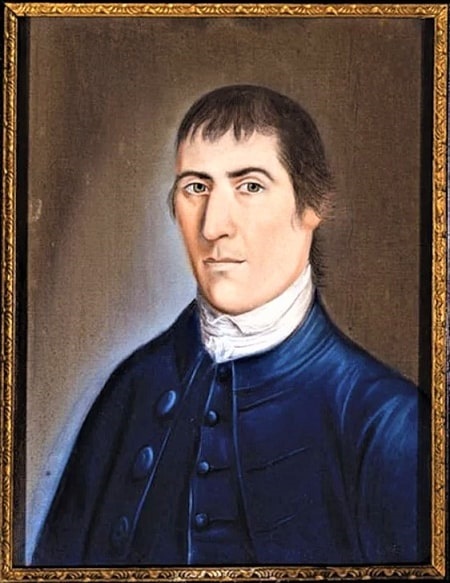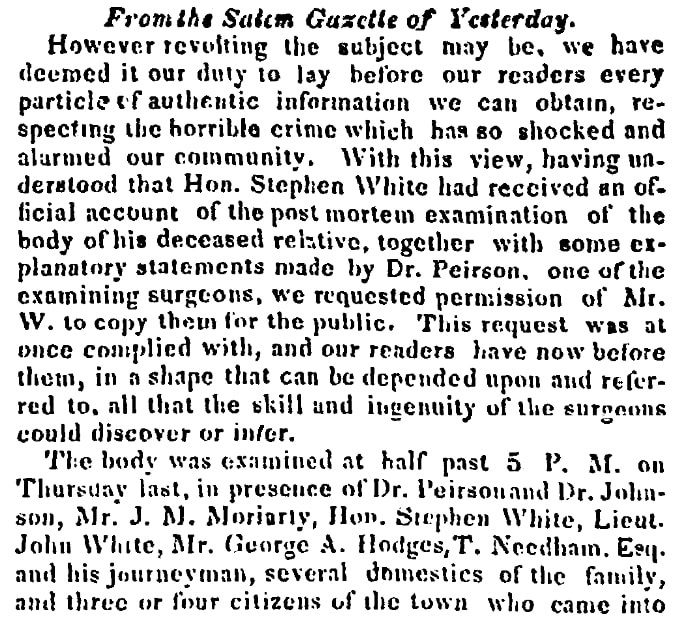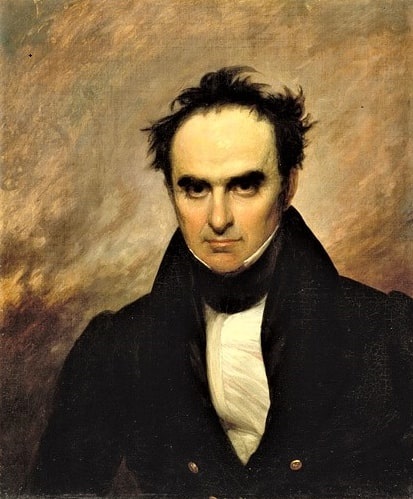Introduction: In this article, Melissa Davenport Berry continues her story about a spooky murder mystery that happened in Salem, Massachusetts, in 1830 and shocked the country. Melissa is a genealogist who has a blog, AnceStory Archives, and a Facebook group, New England Family Genealogy and History.
Today I continue the story of the mysterious murder of wealthy ship owner Captain Joseph White of Salem, Massachusetts, in 1830. The mansion Capt. White occupied, known as the Gardner-Pingree house, is part of the Haunted Salem Night Tours popular at Halloween time.

After Capt. White’s murder, the hunt for suspects and the ensuing court drama seized the attention of the whole country. Some of the accused bred from some of Salem’s most prominent families. The story fueled literary works of Edgar Allen Poe and Nathaniel Hawthorne.
To recap: Capt. White met his maker on 6 April 1830. The motive for his murder was a mystery – although there was money and other valuables in his house, the killer took nothing. The details of his murder and coroners’ reports made headlines. Here is one clip from the Boston Commercial Gazette, which began by announcing to its readers:
“However revolting the subject may be, we have deemed it our duty to lay before our readers every particle of authentic information we can obtain, respecting the horrible crime which has so shocked and alarmed our community.”

This article gave details of the postmortem examination by Dr. J. L. Pierson. The report gave descriptions of the many violent injuries: Capt. White had been murdered in his bed by a blow to his head with a heavy object and repeated stabbings to his chest.
Dr. Pierson recommended that the report be placed with Judge Story to hand over to medical experts Dr. Enoch Hale Jr. and Dr. John C. Warren for further review.
I will bring you all the sensual details of the murder later, but to really understand the mystery and intrigue surrounding this drama one needs to do the genealogy.
Stephen White, nephew of Capt. White and son of Henry and Phebe (nee Brown) White, was named the Captain’s principal heir. Here is an announcement from the Weekly Eastern Argus.

To give you an idea of how large the inheritance was, the $250,000 left to Stephen White is about $7,454,100 today.
The other relations included Stephen’s three daughters, born from his marriage to Harriet Story, the sister of Joseph Story, Associate Justice of the U. S. Supreme Court.
Shortly after the murder of Capt. White, Joseph Story sent a letter to lawyer and U.S. Senator Daniel Webster, voicing his concerns on the lack of progress in solving the murder and the settlement of the estate.

Daniel Webster eventually agreed to become the prosecutor in the case, but first let me explain a few things. The whole motive for the murder turned out to be the Captain’s will.
Eventually three suspects were charged: one of them, Joseph Jenkins Knapp, was married to Capt. White’s grandniece Mary White Bickford/Beckford (the surname is spelled various ways in various records).
Apparently, Joseph Knapp thought that if he could do away with Capt. White and steal the will (which was stored in a metal box in the Captain’s bedroom), his family would inherit half of the estate and prevent Stephen White from getting most of the coin.
A lawyer, Lewis Walker, detailed this theory in “The Murder of Captain Joseph White: Salem, Massachusetts, 1830” published in the American Bar Association Journal, Vol. 54, No. 5, 1968:
“Captain White was childless, but had had a brother and a sister, both now deceased [at the time of his murder]. Stephen White was one of four living children of the brother; Mrs. Beckford [mother-in-law of Joseph Knapp] was the only child of the sister. The size of their individual shares, in the event Captain White died without a will, would depend upon whether the distribution was per Stirpes or per capita. If the nephews and nieces stood in the shoes of their parents, Mrs. Beckford would receive half; if all were to share equally, she would receive one fifth. Massachusetts had adopted the general rule of distribution per Stirpes. But the statute made an exception. If all those entitled to share bore the same degree of kindred to the deceased, they were to take equally.” (p. 462)
In his article, Walker asserts that Joseph did not read the fine print – and his attempts to change his fortune by murdering the Captain was all in vain.
There was a legal issue that posed a serious problem in the prosecution’s attempt to nail Joseph for masterminding the murder plot: Joseph was not the main suspect – he had hired a man to do the killing for him. Therefore, he was an accessory, not the actual murderer. But after he was apprehended, the main suspect committed suicide in jail. Unless someone could be convicted as the principal, the accused accomplices (Joseph and his brother John) would go free. Enter Daniel Webster…
Stay tuned for the goods and gossip!
Note: Just as an online collection of newspapers, such as GenealogyBank’s Historical Newspaper Archives, helped tell the stories of the murder of Capt. Joseph White, they can tell you stories about your ancestors that can’t be found anywhere else. Come look today and see what you can discover!
Note on the header image: Illustration: image of the murder of Captain Joseph White from Trials of Capt. Joseph J. Knapp, Jr. and George Crowninshield, Esq. for the murder of Capt. Joseph White of Salem, on the night of the sixth of April 1830, Charles Elms, 1830, page 20.
Related Article:
